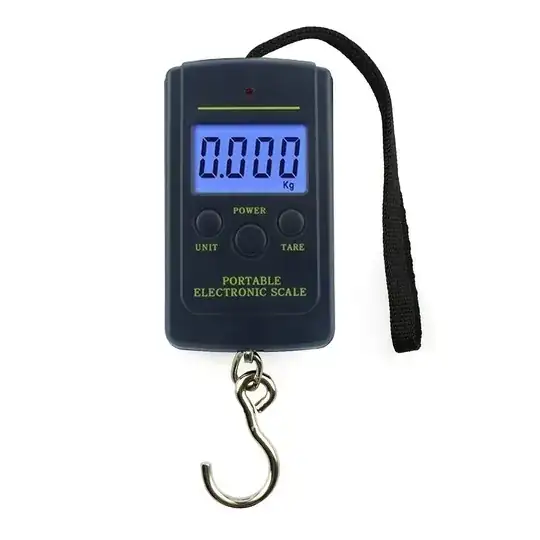It's an EPAuto 1/4" drive 20-200 in-lbs. I stored it at mid to high setting, and it stayed that way for months, unfortunately. Is it now significantly off from calibration?
2 Answers
If you have one of these, you could easily test it yourself. I admit: this is not the most accurate way to measure the callibration, but it's probably the easiest way to give you a rough idea.
 (Image from Amazon)
(Image from Amazon)
- Set the torque wrench to a high setting, for instance 180 in-lbs.
- Attach the torque wrench to a bolt that can withstand the specified torque.
- Attach the (digital) spring scale to the end of the handle
- Measure the distance from the center of the bolt to the point where the scale attaches.
- Calculate the required force (in lbs): Let's say the measured distance is 16 inches, you'd need to apply 11.25 lbs of force to produce the 180 in-lbs.
F = T / r - Pull on the scale until the torque wrench goes "click".
The closer the measued force on the scale is to the calculated force, the better the calibration of your torque wrench still is.
If you want to be 100% sure, I'd still recommend getting the torque wrench professionally callibrated.
Also make sure that your scale is actually callibrated before you do this. Weigh something you know the weight of to check.
- 1,339
- 1
- 9
- 32
Buy a beam-type torque wrench. It is the way these click-type torque wrenches are calibrated, because beam-type torque wrenches never go out of calibration.
You can use the beam-type wrench whenever you can see the torque scale. In tight spaces, you can check the calibration of the click-type wrench, at the desired torque setting, and when you're confident it works well at that setting, you can use the click-type wrench in jobs where you couldn't see the scale of the beam-type wrench.
- 15,535
- 13
- 62
- 104